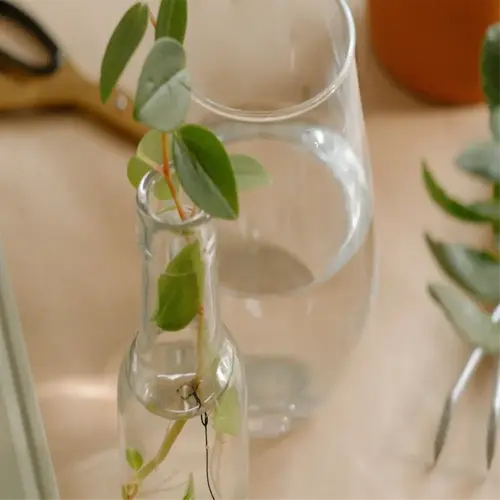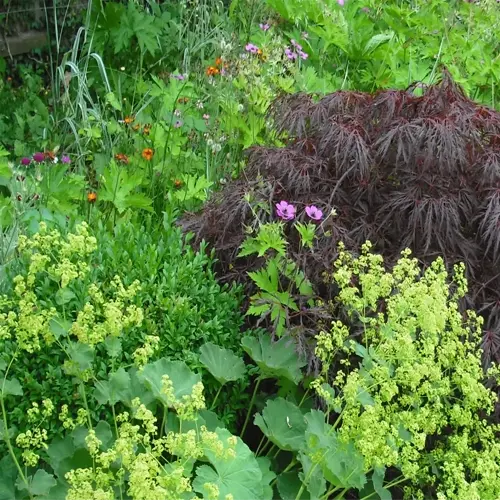What common garden features harm bees?

Written by
Nguyen Minh
Reviewed by
Prof. Samuel Fitzgerald, Ph.D.Pollinator plants will not flourish in a garden with concealed dangers. Many features, although they may seem helpful, are detrimental to pollinator health. There are residues from the neonicotinoid treatment that will be in a treated plant for years, poisoning nectar. Over-mulched areas with multiple layers of mulch deter ground-nesting bees. Ornamental grass monocultures deprive bee colonies of adequate resources. Some straightforward solutions will convert spaces that may pose risks or barriers into areas of safety.
Chemical Threats
- Neonicotinoid-treated nursery plants contaminate pollen
- Synthetic fertilizers disrupt soil microbes bees rely on
- Herbicides eliminate crucial weed flowers like clover
Habitat Barriers
- Thick mulch layers prevent soil-nesting bee access
- Decorative ponds drown bees without stone landing pads
- Over-trimmed shrubs remove cavity-nesting sites
Soil management is as important as choosing the right plants for your site. When I stopped using weed fabrics, I experienced a resurgence of mining bees in a couple of weeks. Now, I leave 30% bare ground between *bee balm* clumps. This small change was responsible for 4 new solitary bee species last year. iferayfner61, 10 minutes ago
Water Feature Fixes
- Add wine corks or stones to ponds as bee rafts
- Use dripping irrigation instead of open containers
- Clean weekly to prevent mosquito larvae
Chemical Alternatives
- Apply garlic spray for aphid control at dawn
- Use corn gluten meal as pre-emergent herbicide
- Introduce ladybugs for pest management
Assess developments using pollinator counts. My notes documented 23 bees visiting each day after replacing grass with native violets in sections of my lawn. This baseline can be shared publicly to potentially change neighbor's minds. Connecting your yards provides safe zones on a neighborhood scale. Every feature you change on your property contributes to reversing the decline of our pollinators.
Read the full article: Top 10 Flowers for Bees: A Gardener's Essential Guide

